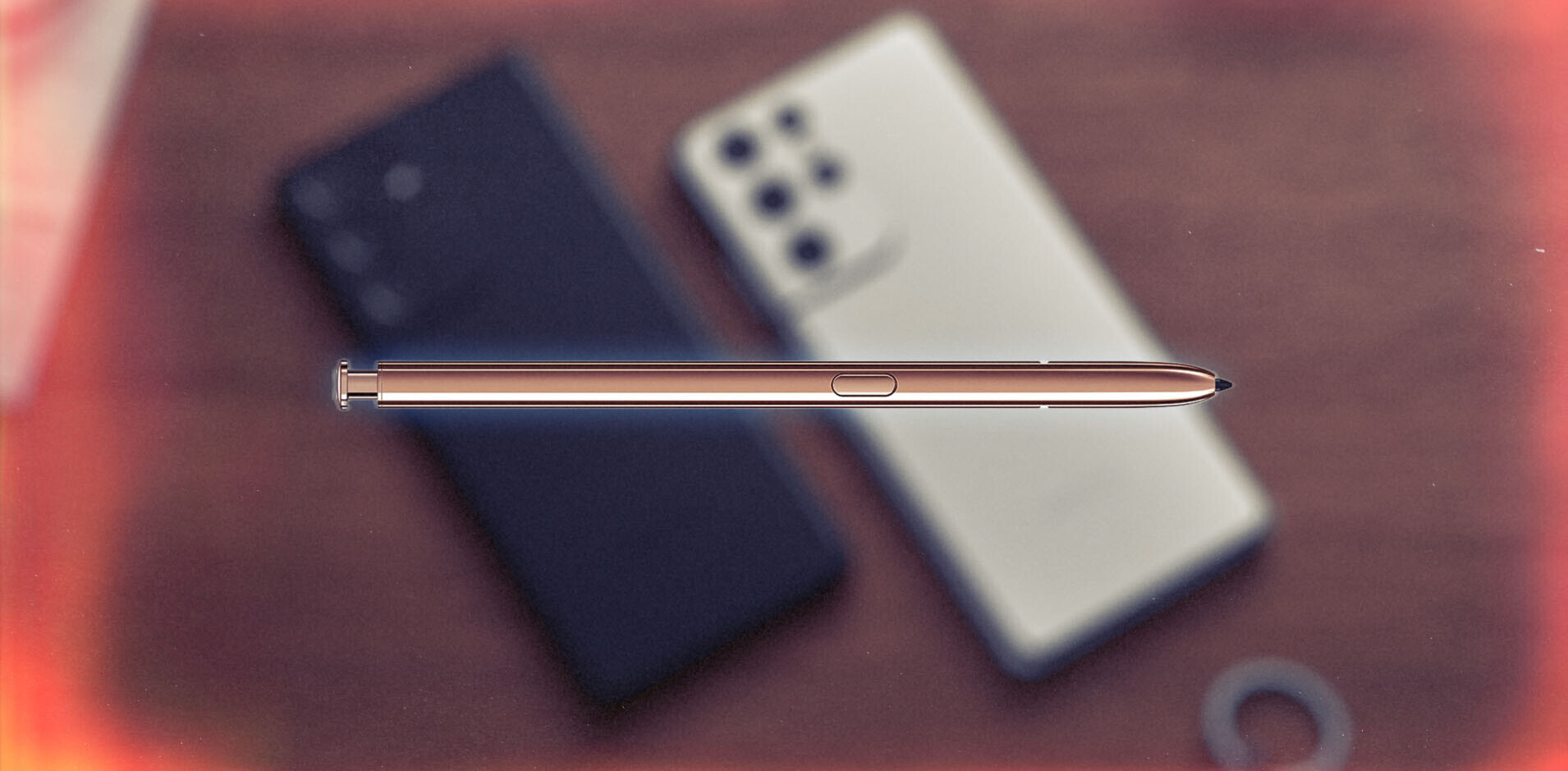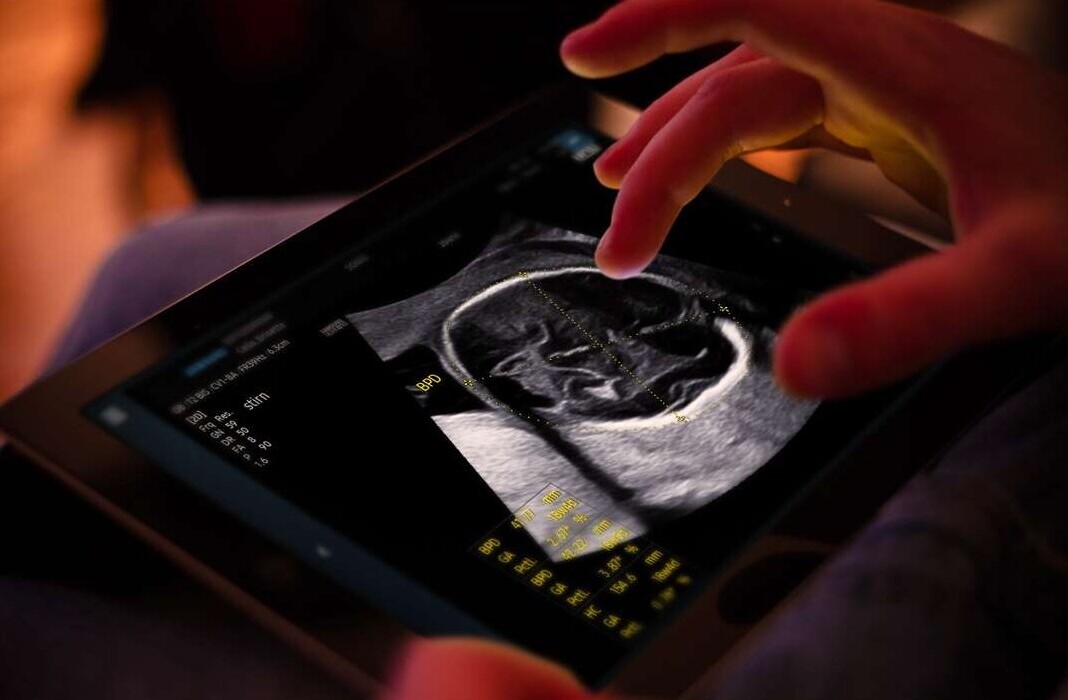Samsung held its Unpacked event last night, launching the new Galaxy S22 series and the Galaxy Tab S8 range of tablets.
However, the most eye-catching announcement was that the company will provide four years of software updates to selected devices, as well as five years of security patches.
This is a major announcement, as regular and long term software updates have been major complaints in the Android world. Let’s break down what it means for companies and users.
How will Samsung’s coverage extension impact you?
Samsung’s new announcement is not just restricted to the new Galaxy S22 series of devices. It also includes the S21 range, the Z fold 3, the Z Flip 3, the S8 Tab series, and other upcoming gadgets. You can check out the full list here.

This in an increase from last year, when Samsung promised four years of support for its phones (three years of updates, and four years of security patches), as opposed to the five on offer now.
At this time, it also stated its A and M series devices were eligible for this increased support period. While it hasn’t specified anything about those handsets in yesterday’s announcement, we can hope that its pocket-friendly phones will get the same treatment soon.
How does it compare to other phone makers?
Until recently, Google was a prime example of a company offering fast updates and long term support. When it released the Pixel 6, Google promised three major software updates, and five years of security patches.
Samsung’s new initiative puts it ahead of Google.
Last year — after looking at Samsung’s extended support plan — Xiaomi, OnePlus, Oppo, and Vivo also promised four years of support for a set of devices. The Korean company’s new announcement might pressurize them into following suit in 2022.
But what about iPhones?
Apple is still the top dog of long-term phone support. The company’s latest operating system, iOS 15, is available for the iPhone 6s — a device launched in 2015. This means it’s running the latest software six years after launch.

However, there’s some feature fragmentation between models.
For instance, its upcoming Face ID feature that will unlock your device while wearing a mask only works with the iPhone 12 and iPhone 13 range. While the newly launched tap-to-pay feature for merchants will work with the iPhone XS and later.
There’s likely a hardware limitation at play for some of these features, but Apple hasn’t specified details of it.
Why are Android updates so hard to get right?
Last year, Samsung was one of the first companies to roll out a stable Android 12 release for the Galaxy S21 series.
As it was one of the biggest version updates in Android history — considering changes in APIs, interfaces, and functionality — this led to buggy versions being released, before getting rolled back across manufacturers.

Over the years, we’ve seen many instances where device makers have done a similar thing.
While this is partly due to companies being under pressure and not testing their builds thoroughly, it also has to do with the complexity of how Android updates are structured.
In a detailed blog post, developer Kuba Wojciechowski broke down that, since Android 8, Google introduced vendor images, a layer that manufacturers can work on to provide more cosmetic updates, while system updates can be rolled out separately.
However, given the involvement of varied chip manufacturers, phone makers, and carriers, there are different forks of Android for each given version. This increases the complexity in terms of bug fixes and rollout schedules.
This means a phone in the US could be on a different version of Android, compared to the same handset in Europe and India. That’s not usually the case with iPhones, as Apple rolls out software updates globally.
For a manufacturer to push an update on Android, it has to go through multiple tests, and pass Google’s certification. This can take a long time, delaying the final release.
There are finer technical problems with how the whole process works, and I’d recommend you read the post to find out more.
Looking ahead
Given all these intricacies in the Android software architecture, I don’t expect Samsung will ace its updates every time. However, it has certainly laid down the gauntlet for other manufacturers, including Google, to up their software game.
For folks like you and me, it means our phones could last longer — and improve the quality of the refurbished market, as people could buy older devices without the same worry of them being obsolete. And that can only be a good thing for everyone.
Get the TNW newsletter
Get the most important tech news in your inbox each week.






